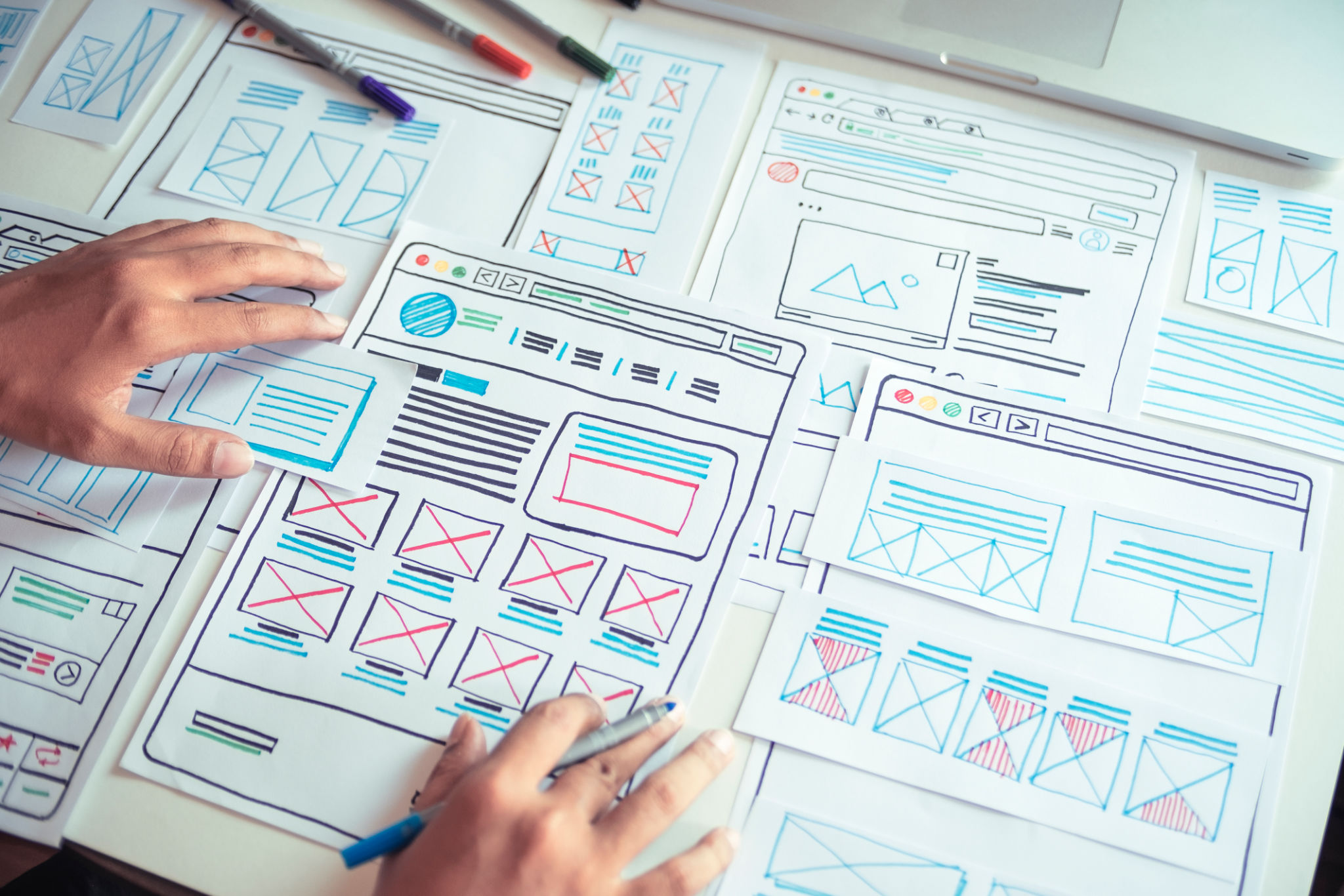The Ultimate Guide to Building a User-Friendly Website
Understanding User Experience
Creating a user-friendly website begins with a deep understanding of user experience (UX). UX focuses on providing meaningful and relevant experiences to users. This involves designing the entire process of acquiring and integrating the product, including aspects of branding, design, usability, and function.
When users visit your website, they should be able to navigate effortlessly and find the information they need without frustration. A smooth user experience not only satisfies your visitors but also encourages them to return, boosting your site's credibility and success.

Designing for Intuition
An intuitive design means that users can predict how to use your website based on past experiences with similar platforms. This familiarity is key to creating a user-friendly environment. Consider using consistent navigation menus and clearly defined call-to-action buttons to guide users seamlessly through your site.
Moreover, ensure that your design is aesthetically pleasing. A visually appealing site with a cohesive color scheme and clean layout will capture attention and make the user journey enjoyable. Remember, first impressions count, so make sure your website looks professional and welcoming.

Optimizing for Mobile
With the increasing use of smartphones, optimizing your website for mobile devices is essential. A responsive design ensures that your site looks good and functions well on all screen sizes. Test your website on various devices to ensure a consistent user experience across platforms.
Additionally, consider the speed of your mobile site. Visitors tend to abandon sites that take too long to load. Use tools like Google's PageSpeed Insights to analyze and improve your site's loading time for mobile users.

Streamlining Navigation
Effective navigation is crucial in guiding users through your website. A well-structured menu that categorizes content logically will help users find what they are looking for quickly. Consider using a breadcrumb trail to show users their path through the site, providing an easy way to backtrack if needed.
Furthermore, implementing a search bar can enhance navigation by allowing users to find specific content directly. Ensure that search results are relevant and accurate to improve user satisfaction.
Enhancing Accessibility
Accessibility should be a priority in web design. By making your website accessible to people with disabilities, you'll reach a wider audience and comply with legal standards. Use descriptive alt text for images, ensure sufficient color contrast, and provide keyboard navigation options for users who cannot use a mouse.
Incorporating accessibility features not only benefits those with disabilities but also enhances the overall user experience by making your site more inclusive and easier to use for everyone.

Prioritizing Content
Your website's content should be clear, concise, and relevant to your audience. Use headings, bullet points, and short paragraphs to break up text and make it digestible. Highlight key information with bold text or important notes to draw attention to the most crucial points.
Remember to keep your content up-to-date and regularly review it for accuracy. Outdated or incorrect information can damage your credibility and discourage users from returning.

Utilizing Feedback
User feedback is invaluable in creating a user-friendly website. Encourage visitors to provide feedback through surveys or comment sections. Analyze this information to identify areas for improvement and implement necessary changes.
By actively seeking feedback and making adjustments based on user input, you demonstrate that you value their experience, which can lead to increased loyalty and engagement with your site.
Regular Testing and Updates
A user-friendly website is one that evolves with technology and user expectations. Regularly test your site's functionality and design elements to ensure they meet current standards. Use analytics tools to monitor user behavior and identify any issues or areas of friction.
Continuous updates will help you maintain a competitive edge by keeping your website fresh and aligned with the latest trends in web design and user experience.
